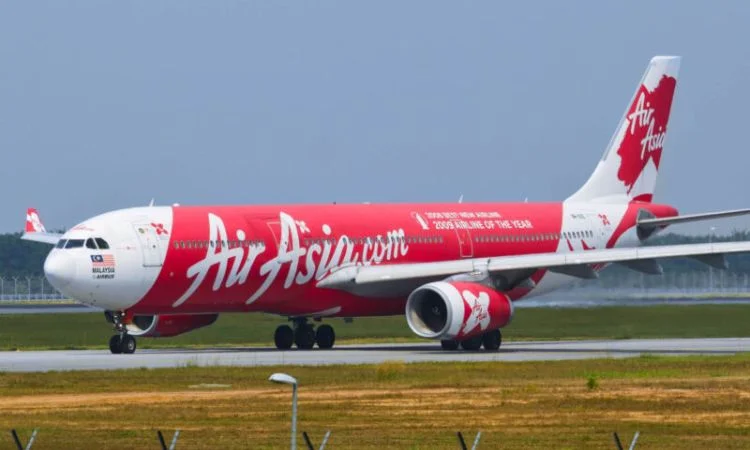Budget airline giant AirAsia has finally secured $443 million in private credit funding for the overhaul of its grounded aircraft fleet amidst the COVID-19 pandemic. This funding deal represents a significant landmark for AirAsia in restoring its operations with the aim of charting a future built on greater service delivery as the aviation sector bounces back from the pangs of the pandemic.

PC: AeroTime
This tumultuous period of the pandemic has forced the grounding of operations of so many fleets for those periods, adversely affecting the performance of the previously profitable airline conglomerate. As the travel demographic is about to change, AirAsia is being careful to refurbish its aircraft to new standards, which will satisfy them.
The interiors of the grounded fleet aircraft will also be refurbished under the $443 million financing to the newest safety and comfort specifications. This was all inclusive of the seating arrangements, in-flight entertainment systems, and improvements in cabin aesthetics. Through such investments, AirAsia intended to display professionalism in order for the business brand to be portrayed as a leader in the low-cost carrier industry in the vicinity.
It also demonstrates that AirAsia strongly adheres to the use of proactive management of financial resources and ensures preparedness to fly into action. The airline has explored different avenues to secure the required capital for the implementation of its overhaul plans, and the latest acquisition of private credit funding offers an insight into the investor community—confident in the recovery approach and long-term potential for growth at AirAsia. The private credit tranche of AirAsia’s newest securitized deal pays a coupon of 11% per annum and has a four-year tenor, according to people familiar with the matter. The lessor piece offers 7% per year and has a maturity of two years. The deal has been signed but not yet funded.
AirAsia is no stranger to the private credit space. Back in April 2023, it was reportedly the case that investment firm OCP Asia Ltd. provided USD100 million to Asia Digital Engineering Sdn Bhd., a carrier affiliate for engineering and maintenance. The airline tries to use its strong network and affordable pricing to draw both leisure and business travelers. With an enriched product offering and wider area coverage, AirAsia would be able to increase its market share in this recovering travel market.
This comes at a very critical time when the global commercial aviation industry is navigating the complexities of post-pandemic recovery. The ramping up of the country’s vaccination rate and the subsequent ease in travel restrictions provides newfound optimism for the future of the industry. The strategic initiatives of AirAsia that this funding was to support would put the airline on solid footing to capture emerging opportunities and uplift market presence.
To sum it up, AirAsia has managed to secure a $443 million private credit funding, something quite remarkable as far as airlines under rehabilitation and growth are concerned. As such, with investment in aircraft refurbishments and network expansions, AirAsia is well set for greater competitiveness in providing great travel experiences to passengers. Two driving pillars of success for AirAsia in a transformed travel scenario shall include strategic focus on operational excellence and customer satisfaction when aviation steers back into a growth path.














